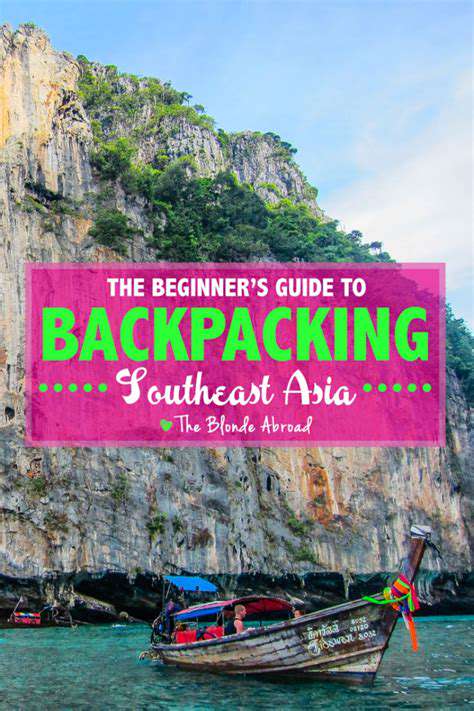How to Pack Light for Backpacking
Maximize Space and Minimize Weight with Gear Selection
Choosing the Right Backpack
Selecting a backpack tailored to your trip's duration and the amount of gear you'll carry is crucial. A well-fitted, comfortable backpack will significantly impact your overall experience. Consider factors like the backpack's volume, weight capacity, and the number of compartments. A backpack that's too small will force you to carry more than necessary, while one that's too large can be cumbersome and uncomfortable. Properly fitting straps and a supportive back panel are essential for reducing strain and fatigue.
Don't underestimate the importance of properly fitting the backpack. A well-fitting pack distributes weight evenly, reducing strain on your back and shoulders. Read reviews and consider seeking advice from experienced hikers or campers. This will help you choose the optimal size and features for your needs, whether it's a short weekend trip or a multi-day backpacking adventure.
Essential Gear vs. Luxury Items
Carefully distinguish between essential gear and items that add weight without significant benefit. Prioritize items that directly contribute to your safety, comfort, and the success of your trip. For example, a reliable first-aid kit is essential, whereas a fancy water bottle might not be as crucial. Consider what items are truly indispensable and what you can easily do without.
Think about the specific activities you'll be engaging in. If you're primarily hiking, your gear needs will differ from those of someone who's primarily camping. Identify the core needs for your chosen activity, and focus on packing only those items. This will help you save weight and reduce the bulk of your pack.
Clothing Strategies for Minimalist Packing
Layering your clothing is a fantastic space-saving technique. Choose versatile clothing items that can be mixed and matched for different weather conditions. Instead of packing multiple separate items, opt for moisture-wicking fabrics or items that can function as both a base layer and an outer layer. This will greatly reduce the overall weight and size of your clothing.
When selecting clothing, choose lightweight, quick-drying fabrics. Consider packing versatile items such as moisture-wicking base layers, fleece jackets, and waterproof or water-resistant outerwear. These pieces can often serve multiple purposes, reducing the number of items you need to pack.
Packing Techniques for Efficient Space Management
Utilize packing cubes or compression sacks to organize and compress your clothing and other gear. These tools not only help you save space but also keep your belongings separated and easily accessible. Roll your clothing instead of folding it, as rolling minimizes wrinkles and maximizes space in your backpack.
Learn to pack strategically. Place heavier items closer to your back for better weight distribution. Pack smaller items in larger items to prevent them from shifting around. Consider packing items you use frequently higher in the pack for easy access, without compromising the stability of the load.
Food and Water Management
Plan your meals in advance to minimize the amount of food you need to pack. Choose lightweight, non-perishable foods that provide sufficient nutrition. Lightweight, durable water bottles or hydration bladders are crucial for staying hydrated. Consider bringing water purification tablets or a water filter if you plan on using natural water sources. These solutions will minimize the weight and bulk of your water supply.
Plan your meals carefully, choosing foods that are lightweight and non-perishable. This will help you save significant weight in your pack. Also, consider whether you can replenish your food supplies during your trip. If you can, pack less, and focus on the necessary supplies.
Beyond the Basics: Tips for Packing Like a Pro
Planning Your Essentials
Before you even think about stuffing your backpack, meticulous planning is key to packing like a pro. Consider the specific activities you'll be engaging in, the duration of your trip, and the weather conditions you'll encounter. This detailed planning will ensure you don't overpack with unnecessary items and will allow you to prioritize the gear that truly matters for a comfortable and efficient backpacking experience. This pre-trip assessment is crucial for keeping your pack light and your spirit high.
Making a comprehensive packing list is also essential. Listing out every item you might need helps you avoid forgetting critical gear. This list should be tailored to your specific trip, considering the climate, terrain, and planned activities. For example, if you're backpacking in a desert, your list will differ significantly from a trip to the mountains during winter.
Clothing Choices: Layers are Your Friend
Packing light doesn't mean compromising on comfort or preparedness. The key to successful packing is layering your clothing. Choose versatile, moisture-wicking fabrics that can adapt to changing weather conditions. Think moisture-wicking base layers, insulated mid-layers, and waterproof outer layers. This layered approach allows you to adjust to temperature fluctuations effectively, minimizing the number of clothes you need to carry.
Don't forget about appropriate footwear. Choose hiking boots or sturdy athletic shoes that are broken in before your trip. Proper footwear is crucial for comfort and safety on the trail, and will help prevent blisters and injuries.
Optimizing Your Gear: Space-Saving Strategies
Utilizing space-saving techniques is paramount for efficient packing. Roll your clothes instead of folding them to minimize wrinkles and maximize space. Consider packing cubes or compression sacks to further compress your clothing and gear, and keep everything organized. These strategies are essential for maximizing the capacity of your backpack and minimizing wasted space.
Invest in lightweight, durable gear. Look for gear made from high-quality, yet lightweight materials. This might mean a lighter tent or sleeping bag. These small differences can make a big difference in the overall weight of your backpack.
Food and Water: Hydration Hacks
Packing enough food and water is critical for any backpacking trip. Choose lightweight, non-perishable foods that are easy to prepare and consume. Trail mix, energy bars, and dehydrated meals are excellent choices. Don't forget about water purification tablets or a water filter to ensure you have clean drinking water throughout your journey. Smart food and water choices will minimize the weight you carry.
Navigation and Safety: Essentials for Every Trip
Navigation and safety are paramount for any backpacking trip. Bring a reliable map and compass, or a GPS device. Ensure you have a first-aid kit with essential supplies for treating minor injuries. Also, consider carrying a whistle or a personal locator beacon (PLB) for emergencies. These items are often overlooked, but they are vital for staying safe and on track.
Toiletries: Minimizing Bulk Without Sacrificing Comfort
Packing toiletries can be tricky, but it's manageable. Choose travel-sized containers for your toiletries. Consider solid toiletries like shampoo bars and toothpaste tablets to save space. These smaller containers will allow you to pack your essentials without adding unnecessary weight to your backpack. It's a simple yet effective strategy for keeping your pack light and your daily routines intact.
Leave No Trace: Respecting the Environment
Responsible backpacking means respecting the environment. Pack out everything you pack in, minimizing your impact on the natural surroundings. Dispose of waste properly, stay on marked trails, and be mindful of wildlife. Leave the area as pristine as you found it. This respect for the environment is essential for preserving the beauty of nature for future generations.
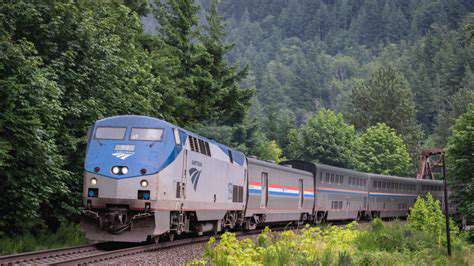

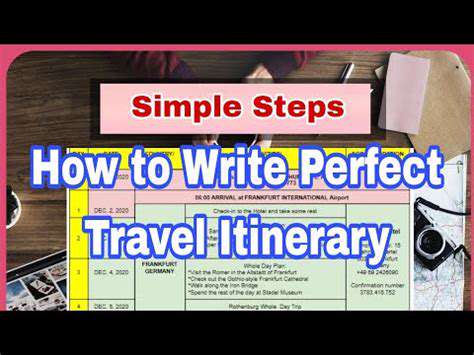

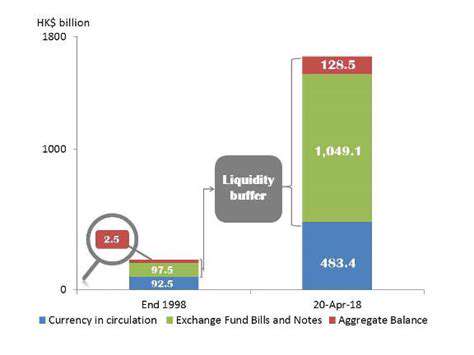

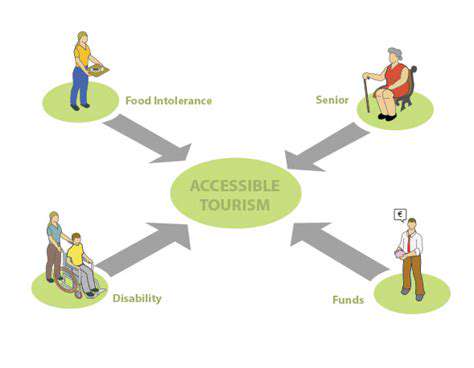
![How to Pack a Carry On Only [Minimalist Guide]](/static/images/27/2025-05/AccessoriesandDocuments3AKeepingitCompactandOrganized.jpg)
